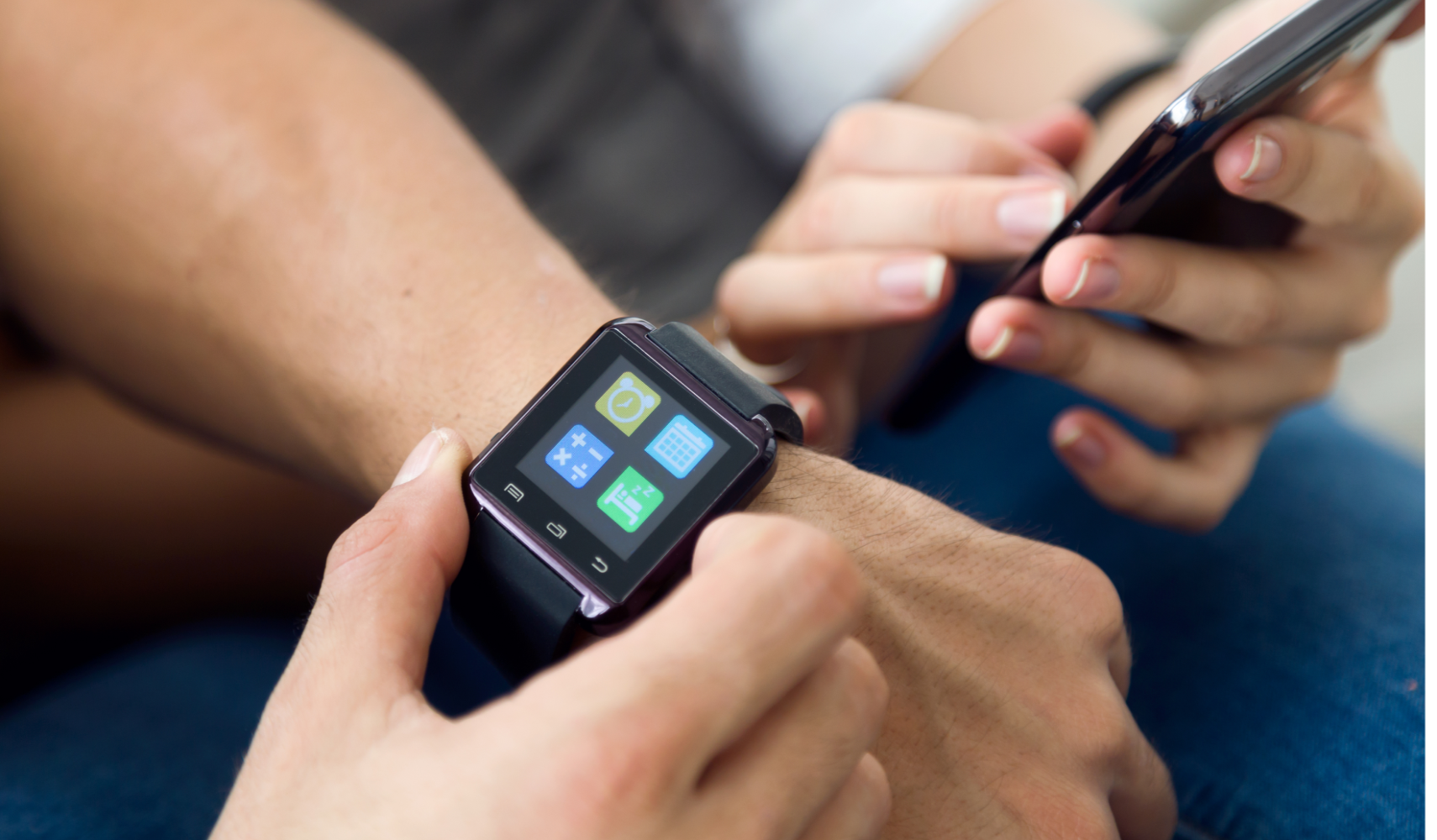
How to Set Up an eSIM on Your Smartphone
- Traveling abroad should be about new experiences, not hunting for Wi-Fi or dreading your next phone bill. eSIM technology has revolutionized travel, offering a simple and affordable way to stay connected globally. If you're ready to make your next trip seamless, this practical guide will walk you through mastering your travel eSIM from start to finish.
Step 1: The Essential Pre-Travel Check
A few minutes of preparation will ensure a smooth experience.
• Check Device Compatibility: First, confirm your phone supports eSIM. Most models from 2019 or later do, but always verify your specific model.
• Ensure Your Phone is Unlocked: A carrier-locked phone will reject an eSIM from another provider. On an iPhone, check this in Settings > General > About. If it says "No SIM restrictions," you're good to go. Otherwise, contact your carrier to request an unlock.
Step 2: Choose the Right Type of eSIM Plan
Not all travel eSIMs are the same. Pick the one that matches your itinerary:
1. Local eSIMs: These plans provide coverage in a single country (e.g., a "Japan eSIM"). They are perfect and most cost-effective for trips to one destination.
2. Regional eSIMs: These cover multiple countries within a geographical area (e.g., a "Europe eSIM" or "Asia eSIM"). They are ideal for multi-country tours, as you don't need to switch plans when crossing borders.
3. Global eSIMs: Offering coverage in a large number of countries worldwide, these are designed for long-term travelers or those on a round-the-world trip. They offer maximum convenience but may be more expensive.
Step 3: At Home - Purchase and Install
Complete this step on a stable Wi-Fi connection before you leave.
• Purchase: Choose your plan online and you'll receive a QR code via email almost instantly.
• Install: Go to your phone's cellular settings (e.g., Settings > Cellular > Add eSIM on iPhone) and scan the QR code.
• Label: Your phone will ask you to label the new plan. Name it something clear like "Travel Data" to avoid confusion with your primary line.
Step 4: Upon Arrival - Activation
Once you've landed, getting connected takes just a few taps:
1. Turn On Your eSIM: Navigate to your phone's cellular settings and switch your travel eSIM line on.
2. Set for Data: In the same menu, designate your travel eSIM as the line for "Cellular/Mobile Data."
3. Enable Data Roaming: This is the most crucial step. Select your travel eSIM and toggle **ON** "Data Roaming." This is necessary to connect to local networks and is included in your prepaid plan. Your phone should connect within moments.
"The best travel tool isn't a gadget you pack in your bag; it's the seamless connectivity you set up before you even leave."
Pro Tip: Managing Your Home Line
You can keep your home number active for calls and texts while using the travel eSIM for data.
Set your "Default Voice Line" to your primary number to receive important calls or SMS verification codes. However, be aware that answering calls will likely incur high roaming fees from your home carrier. For a zero-risk approach, you can simply turn your primary line off completely in the cellular settings menu for the duration of your trip.
Troubleshooting Quick Tips
If you have trouble connecting, try these fixes in order:
• Double-check that Data Roaming is ON for your travel eSIM.
• Restart your phone (this solves 90% of issues).
• Try manually selecting a network provider from the list in your phone's cellular settings.
• If all else fails, contact your eSIM provider's customer support.




